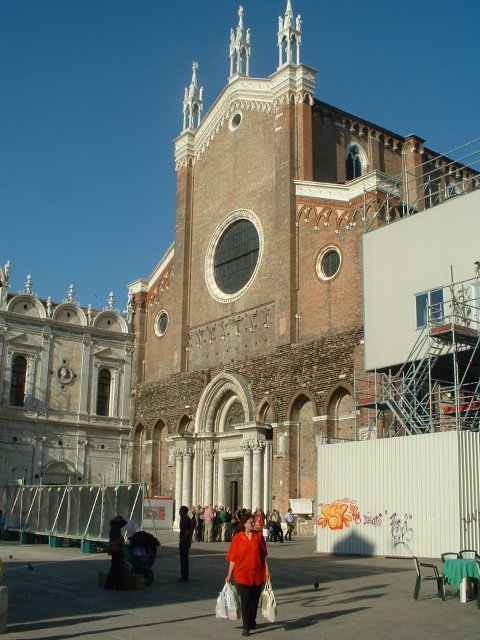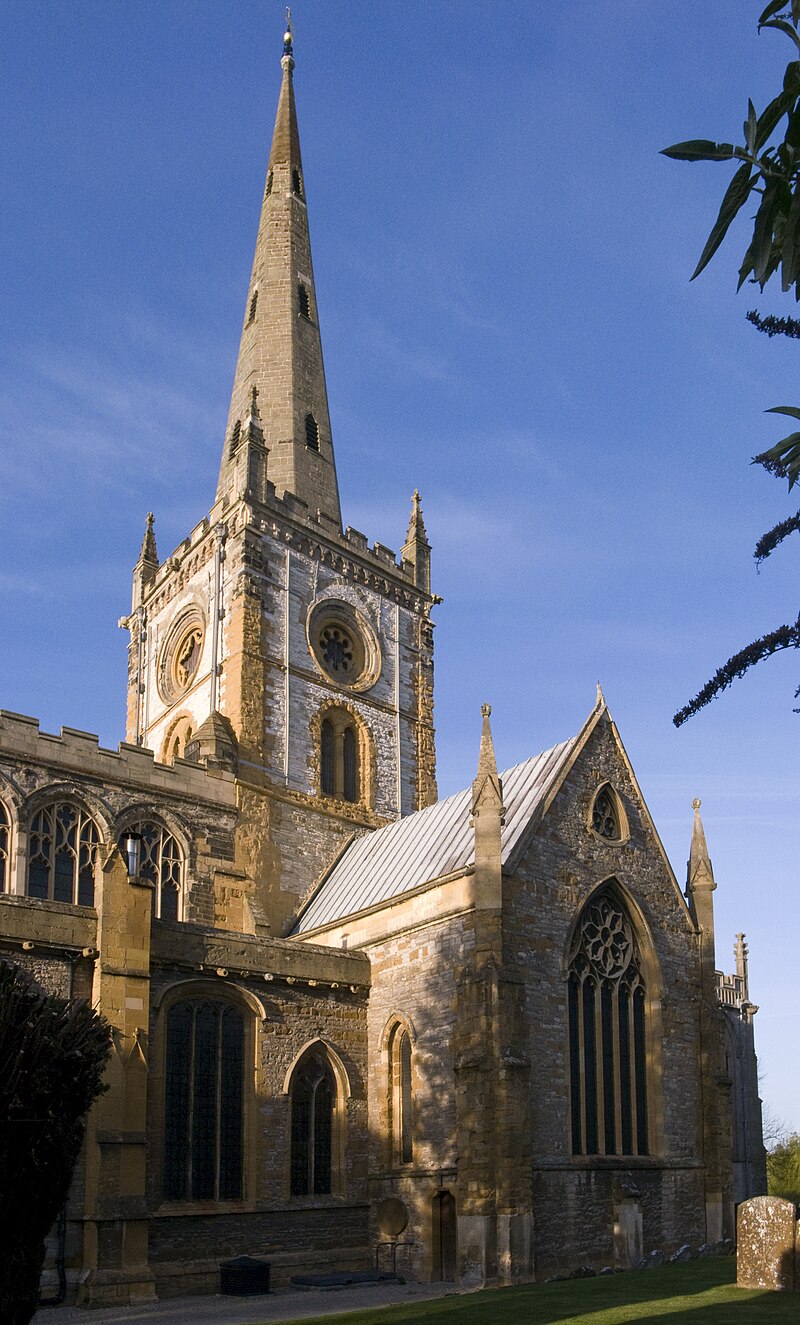Illustration: THEODORA CHILDREN'S CHARITY
The Theodora Children’s Charity (originally Theodora Children's Trust) was founded in 1994 by two brothers, in memory of their mother, Theodora Poulie. When one of Theodora’s sons was hospitalised for many months as a child, she brought joy, laughter and storytelling to his bedside through her regular visits. Theodora inspired her sons to bring magical moments to all sick and disabled children.
To date, the lives of over half a million children have been improved, thanks to The Giggle Doctor programme that they created.

Celebrating Success
Twenty-one years on, with a team of twenty-five trained Theodora Giggle Doctors, we are visiting approximately 30,000 children and their families every year.
The profile of the Charity has grown and grown over past years. In 2003, The Theodora Children’s Charity was awarded The Guardian Charity Award which honours outstanding Charities. In 2012, the profile of The Theodora Children’s Charity was raised yet further, when Samantha Cameron hosted a Reception for The Charity at Number 10 Downing Street.

Twenty-one years on, with a team of twenty-five trained Theodora Giggle Doctors, we are visiting approximately 30,000 children and their families every year.
The profile of the Charity has grown and grown over past years. In 2003, The Theodora Children’s Charity was awarded The Guardian Charity Award which honours outstanding Charities. In 2012, the profile of The Theodora Children’s Charity was raised yet further, when Samantha Cameron hosted a Reception for The Charity at Number 10 Downing Street.

In 2013, the work of The Charity was again recognised when The Theodora Children’s Charity was a finalist in the Third Sector Excellence Awards for Small Charity, Big Achiever.
The Web-Site of The Theodora Children's Charity (where you can make a Donation and help sick and disabled children), is at THEODORA CHILDREN'S CHARITY
The Web-Site of The Theodora Children's Charity (where you can make a Donation and help sick and disabled children), is at THEODORA CHILDREN'S CHARITY


















.jpg)










